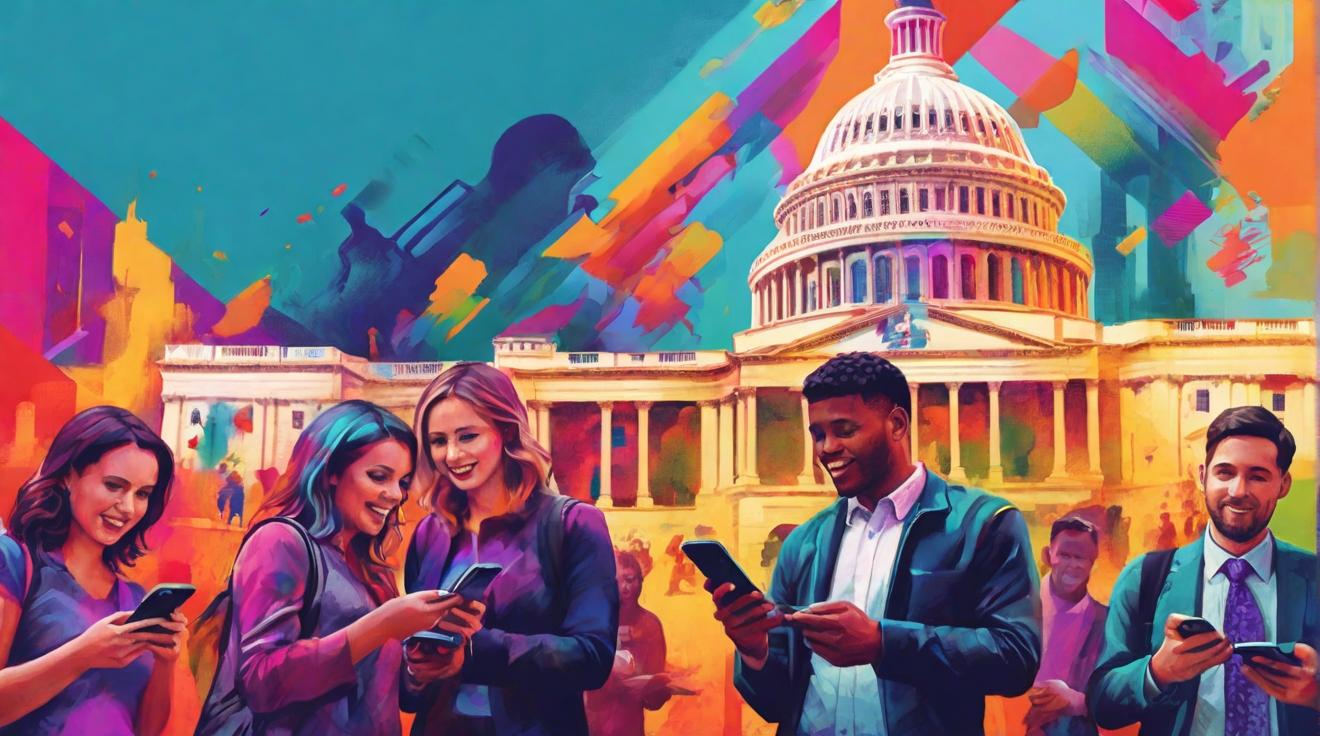California Looks to AI for Health, Social Services Translation
In Spanish, there are many ways to say someone has the flu — depending on the country. For example, "tener gripe," "tener gripa," "estar agripado," and more. Similarly, translating medical terms like “cardiac arrest” can be tricky because “arresto” means getting detained by the police, and “intoxicado” means food poisoning, not being drunk.
These translation challenges highlight that words take on new meanings, and idioms or slang can be difficult to translate accurately. Human translators work hard to keep up, but California wants to use artificial intelligence (AI) to handle this task.
California’s Big Plan for AI Translations
State health officials are turning to AI to assist with translating documents and websites related to health and social services. This ambitious initiative aims to save money and make essential information accessible to more people in California, the nation’s most linguistically diverse state.
The project will begin with translating written materials, under the supervision of human editors. Agency Secretary Mark Ghaly mentioned the broader application of this technology, including websites and call centers interactions.
Example: Just like when we use our phones to translate menus in foreign countries, California aims to translate healthcare information for everyone using AI.
Concerns Over AI Translation Accuracy
Not everyone is confident in this technology. Human translators and scholars worry that AI might not grasp the nuances of human interaction. Rithy Lim, a translator for 30 years, emphasized that AI lacks human compassion, empathy, and transparency.
AI can process a huge amount of text quickly. For instance, a human might take three hours to translate a document, whereas AI can do it in a minute. However, there are concerns about possible errors and misinterpretations.
Example: A simple mistranslation can have serious consequences. If AI translates "you cannot eat" as "you should not eat," a patient might eat before surgery, causing delays.
Integrating AI for Better Health Translations
Despite concerns, many believe that AI in translations could be very beneficial. Arjun “Raj” Manrai from Harvard Medical School said AI could help make medical information easier to understand for patients. AI is already used in healthcare for tasks like diagnosing diseases and connecting patients with nurses.
In California, the goal is to enhance translation consistency and efficiency. More documents could be translated into more languages, bridging the language gap for many Californians.
Example: AI could help a Spanish-speaking patient explain their health concerns accurately, something that currently is difficult for 30% of them.
Ensuring Accurate Translations with AI
Despite its potential, human oversight will remain crucial. Sandra R. Hernández of the California Health Care Foundation stressed that AI translations must capture the cultural nuances and meanings accurately.
Conclusion: Balancing Innovation and Accuracy
Ghaly believes that cultivated innovation using AI will help vulnerable populations access better care and resources. The state's plan is clear: AI will assist but not replace human translators.
As California moves forward with this technology, it aims for a balance of innovation and accuracy, ensuring better access to health information for everyone.
Example: Think of AI as a helpful assistant, speeding up processes and making more information available, but always checked by a human for accuracy.
TL;DR: California plans to use AI to translate health and social services information, aiming to save money and improve access. However, AI translations will still need human oversight to ensure accuracy and cultural relevance.













